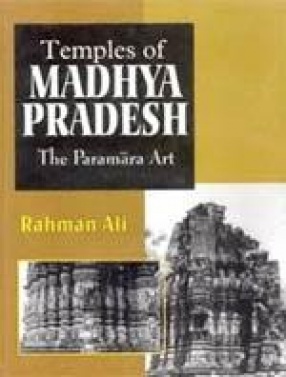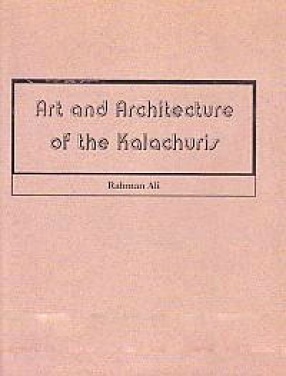In the beginning of 19th century A.D., the scholars had realized the importance of textual norms prescribed for raising the Hindu temples, but only in 20th century A.D., the temples and the sculptural display therein attracted the attentions of the scholars of the world. Later on, it was inspired by the publications of Sanskrit treatise which further encouraged the scholars to realize the significance of textual norms and the symbolism of the Hindu art and architecture. It ultimately compelled the scholars to study the monuments with a new approach. The present book is a result of the new approach of study of analyzing the architectural details of the Bhumija mode of temples often appreciated in the Shilpa texts like the Samaranganasutradhara (by Bhoja) of Malwa and the AparajitaprcchaI (Bhuvandeva) etc. These temples are built in majority in the land of Malwa-a trace spread over a large part of Madhya Pradesh. The style was patronized and favoured by the Paramaras of Dhara (Dist. Dhar, M.P.). Thus, the Bhumija mode of temples were soon favoured and was built in neighbouring regions of Gujarat, Maharashtra and Rajasthan etc. The development of iconography in Malwa and Madhya Pradesh as a whole has been discussed scientifically to reconstruct the coherent history of art of the region. We may, therefore, claim that the book will fulfil the requirements of the scholars concerned and the common man interested in art and culture of India.
Heritage: Palaeontological and Iconographical Aspects
The present book is based on ...
$135.00
$150.00







There are no reviews yet.